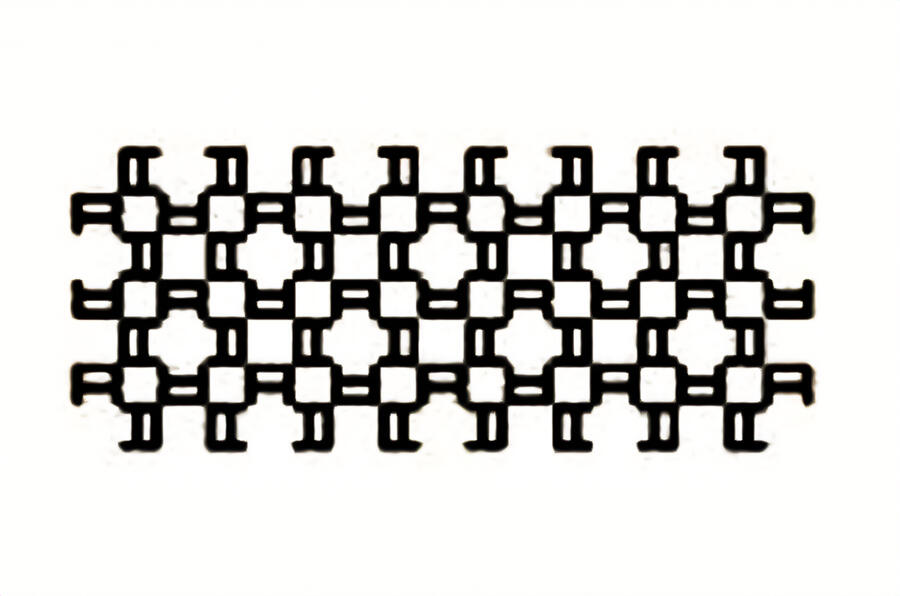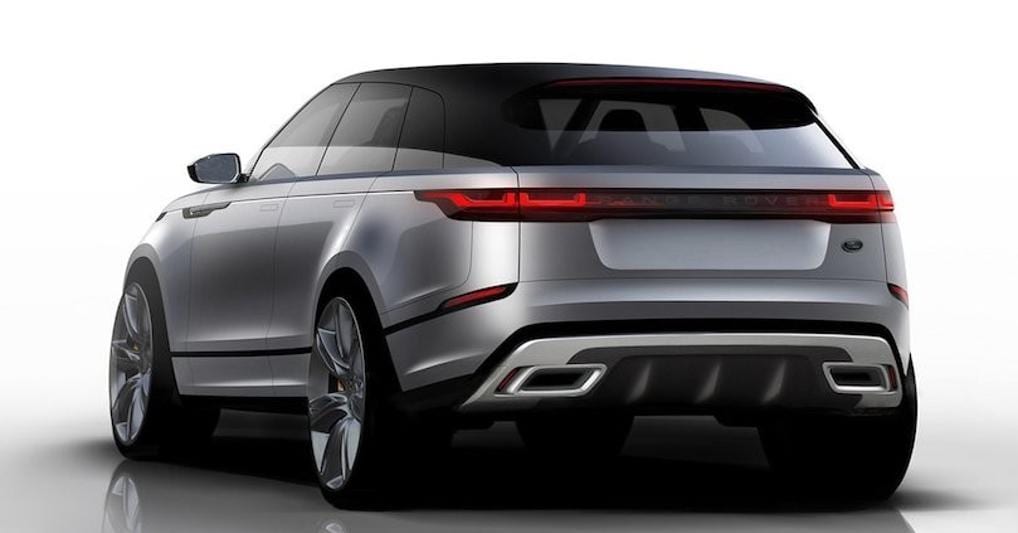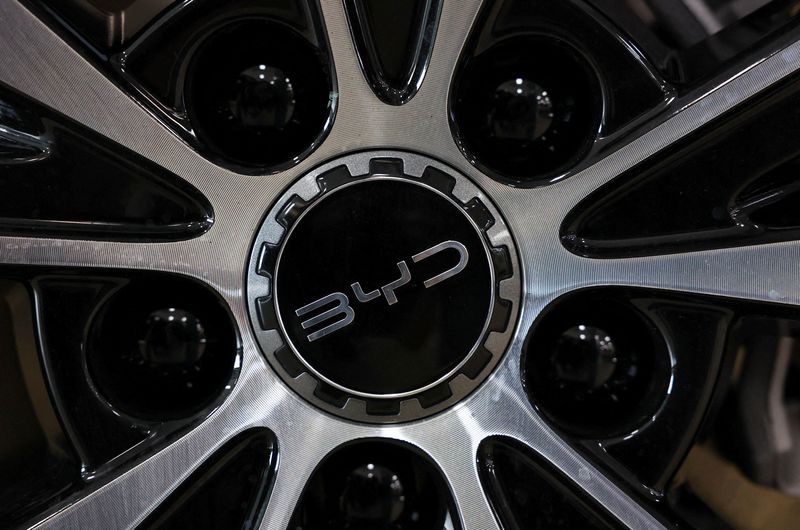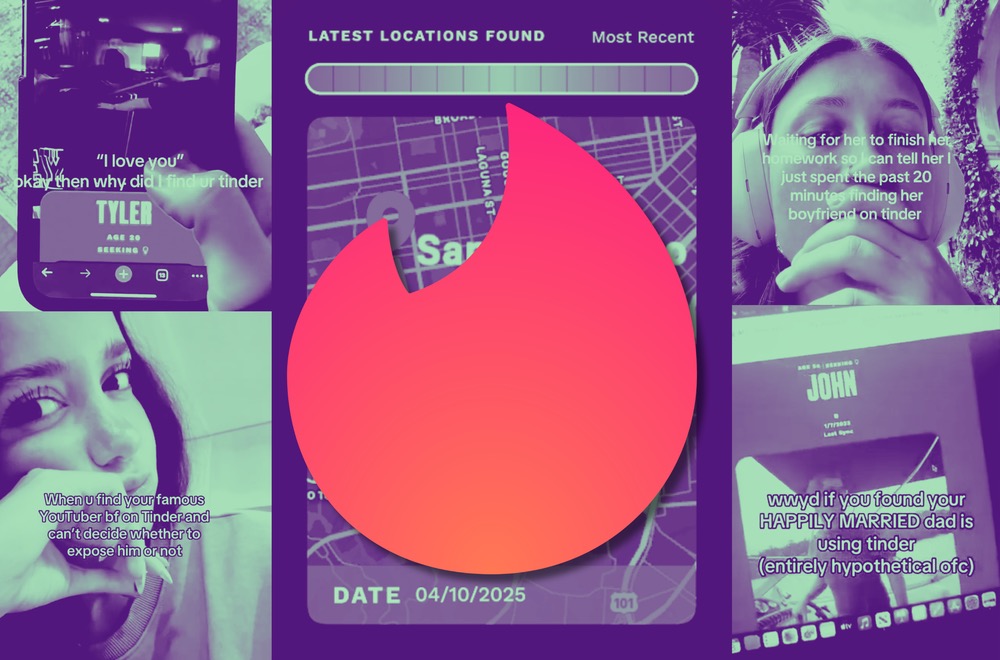Range Rover has unveiled a striking new logo, marking the most significant visual shift in the luxury SUV brand’s 55-year history. The bespoke wordmark replaces the traditional oval badge long associated with the broader Land Rover identity. More than just a logo refresh, this bold redesign signals the brand’s evolution as it prepares to enter the electric vehicle era with its first all-electric model due later this year.
The minimalist emblem is the first time Range Rover has adopted a unique visual identity, separate from Land Rover, and comes as parent company Jaguar Land Rover (JLR) accelerates its “House of Brands” strategy. Under this approach, JLR is positioning Range Rover, Defender, Discovery, and Jaguar as distinct and premium brands, each with its own design language, customer experience, and product direction.

Visually, the new logo adopts a sleek, contemporary typeface that embodies luxury, restraint, and clarity—hallmarks of the Range Rover brand. Gone is the classic green oval shared with Land Rover, replaced by a clean wordmark that appears poised to represent a more future-facing, refined, and electric-ready identity.
This change coincides with the upcoming launch of Range Rover’s first all-electric vehicle, which will be built on JLR’s flexible Modular Longitudinal Architecture (MLA). The EV is expected to offer a silent, emissions-free driving experience while retaining the hallmark characteristics of the Range Rover name—off-road capability, technological innovation, and exceptional luxury.
The rebrand is not just cosmetic. It reflects the changing expectations of luxury vehicle buyers in a market that is rapidly embracing electrification, sustainability, and digital innovation. Range Rover’s move toward a more individualized and premium brand identity acknowledges these shifts and reinforces its intention to lead in the high-end EV space.
Internally, the decision to give Range Rover its own visual identity also reflects a strategic pivot by JLR. By separating its core brands visually and philosophically, JLR aims to better target distinct customer bases and build deeper loyalty. Each brand under the JLR umbrella will now tell its own story—with Range Rover focused on timeless luxury and quiet confidence, Defender on rugged adventure, Discovery on versatile family utility, and Jaguar on electric performance and innovation.
The new logo is expected to be rolled out gradually across the Range Rover lineup, starting with the upcoming EV and extending to marketing materials, showrooms, and digital platforms. The goal is to create a cohesive, standalone presence for Range Rover that resonates globally, especially with a new generation of luxury buyers.

Design experts have noted the logo’s refined simplicity as a strong move, especially at a time when premium brands are embracing more minimal, typographic designs. In Range Rover’s case, the new emblem strips away excess while emphasizing clarity and control—an apt metaphor for the brand’s future in a more sustainable, tech-forward automotive landscape.
While the rebranding may seem subtle at first glance, its implications are far-reaching. Range Rover is not just changing how it looks—it’s changing how it positions itself in the global market. The new identity, combined with the launch of its first electric model, represents a powerful statement: that heritage and innovation can coexist, and that a 55-year-old icon can remain not only relevant, but a leader, in the era of electrification.
As the brand embarks on this next chapter, its new logo acts as both a symbol of evolution and a commitment to the values that have defined it for decades—luxury, capability, and forward-thinking design.










